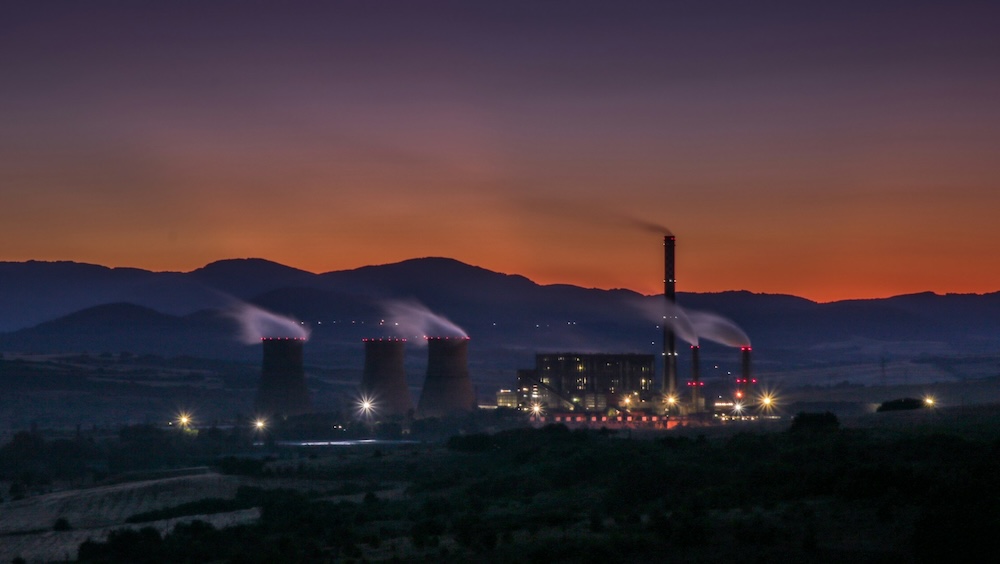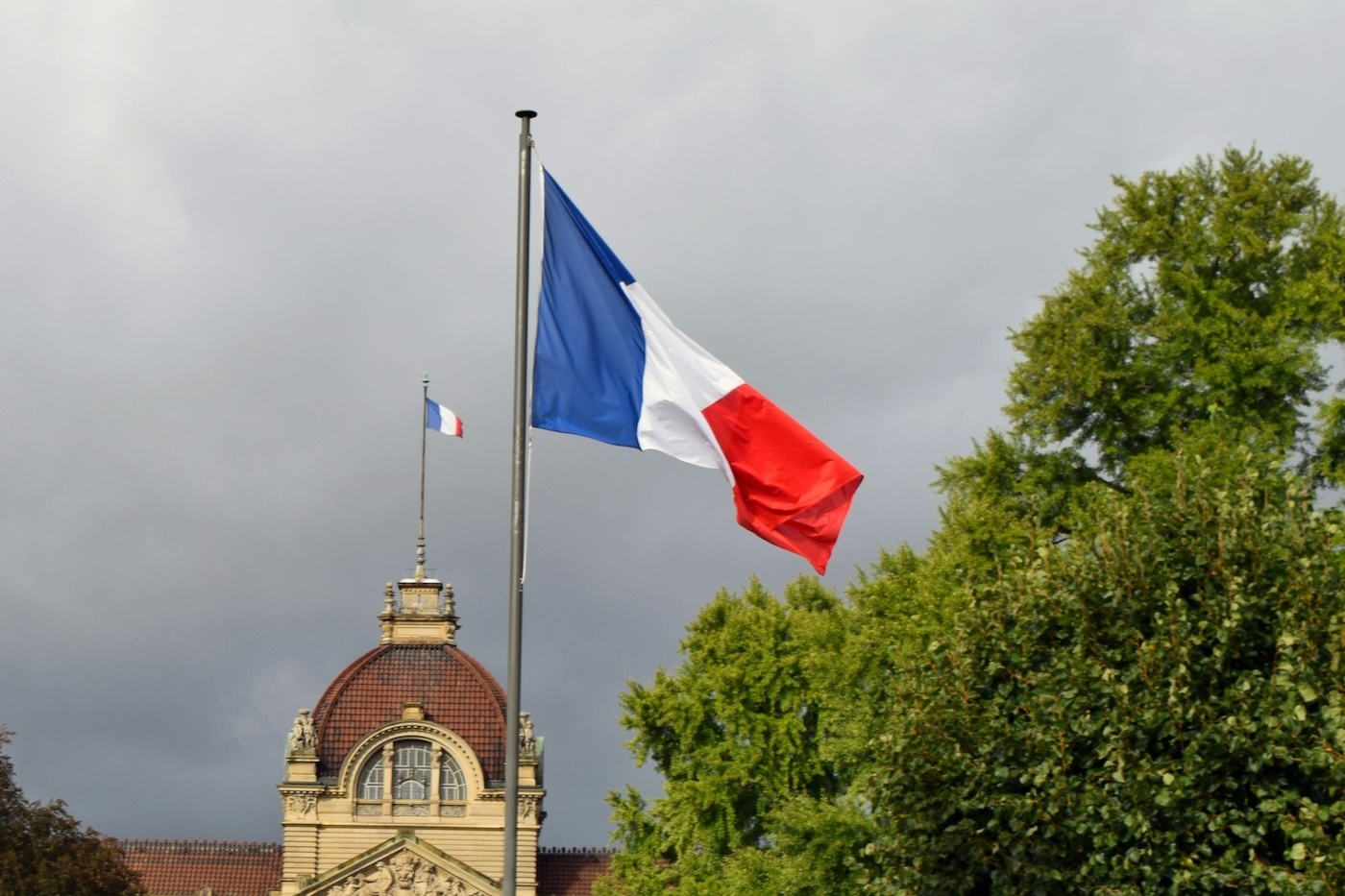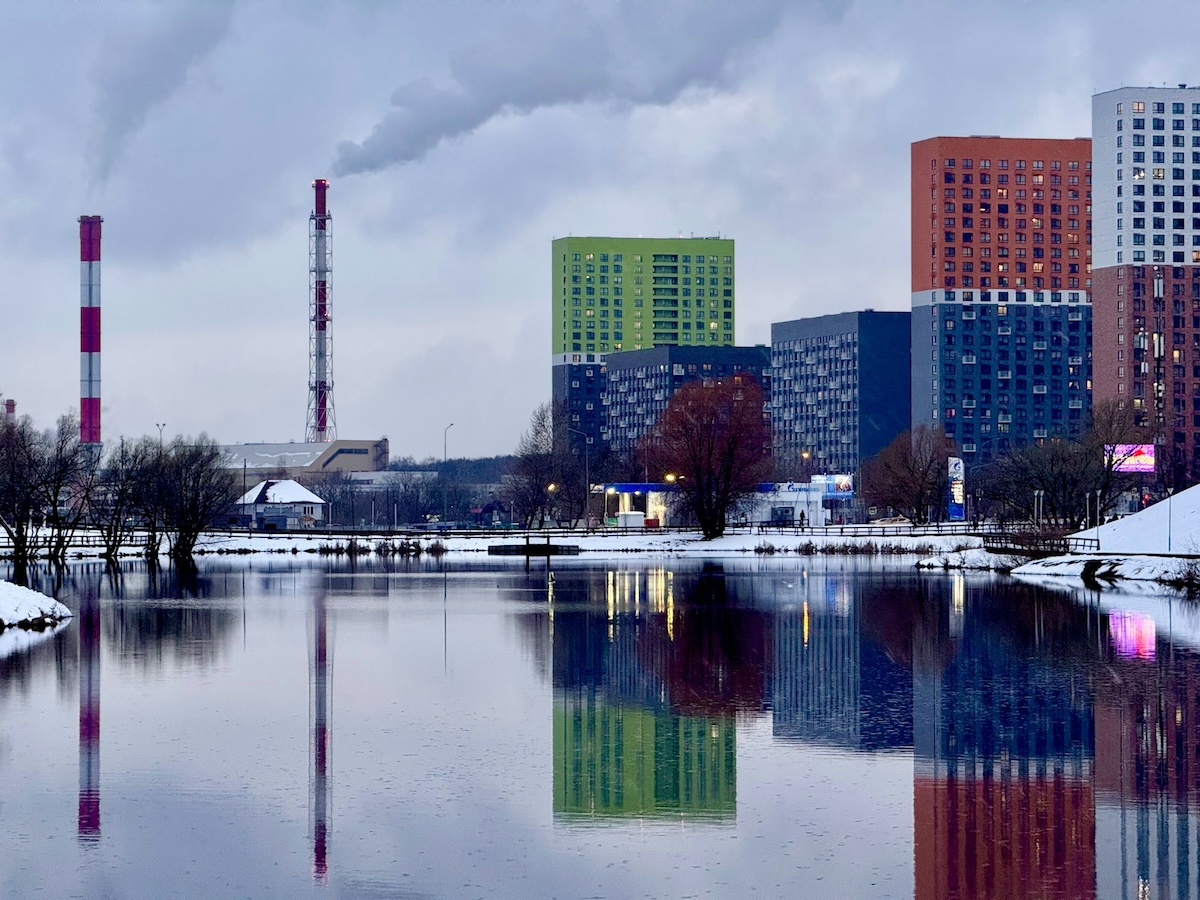
Unlocking nuclear’s potential in district heating, a strategic opportunity for Central and Eastern Europe
As Europe accelerates its decarbonization agenda, the energy transition is no longer focused solely on electricity. Heating and cooling account for around half of Europe’s final energy demand, yet remain one of the most carbon-intensive sectors. In Central and Eastern Europe, where district heating networks are widespread and heavily dependent on fossil fuels, the potential of nuclear energy to provide reliable, low-carbon heat is gaining increasing strategic relevance. For investors, utilities, and governments, nuclear district heating offers not just an environmental solution, but also a lever for energy security, industrial modernization, and social stability.
The decarbonization challenge in district heating
District heating supplies nearly 60 million EU citizens with energy for homes, businesses, and industries through centralized heat networks. Yet these systems remain structurally carbon-intensive. In Poland, more than 65% of the mix is based on coal, followed by gas with 8%, while in the Czech Republic cogeneration (partly from nuclear power plants) is leading with 47% of the total mix, closely followed by coal with 37%, according to a Damona study. This dependence locks in both high emissions and exposure to volatile fuel markets—risks that have become painfully clear following the energy price shocks of 2022.
While some networks are shifting toward large heat pumps and renewables, their scalability is limited. Heat pumps depend on electricity prices, which remain volatile, and their effectiveness declines sharply in extreme cold—precisely when demand is highest. To date, in Poland, renewables only account for approximately 3% of the energy mix used in district heating, according to a Damona study. Meanwhile, biomass-based heating faces sustainability constraints and rising feedstock costs. In this context, nuclear offers a complementary solution: continuous, high-temperature heat that can decarbonize large urban networks at scale.
Why nuclear heat? Stability, scale, and security
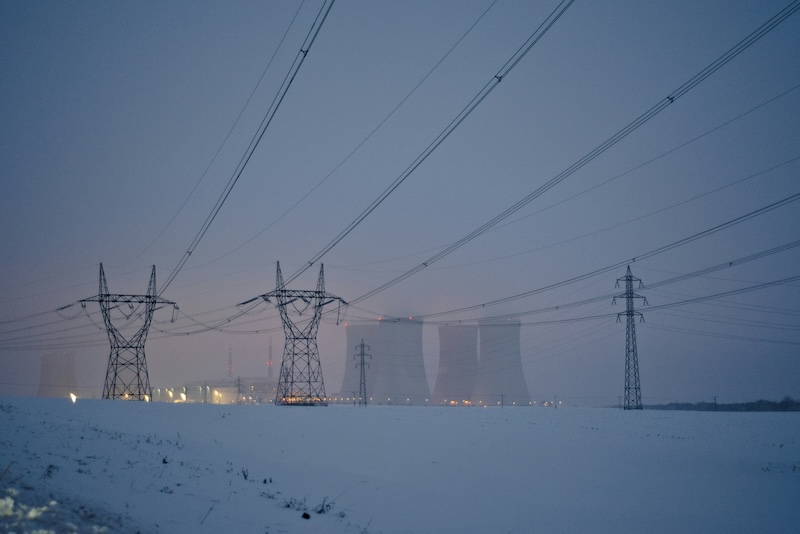
Nuclear energy is uniquely positioned to deliver district heat with the attributes policymakers and investors value most: baseload stability, scalability, and energy sovereignty. Unlike intermittent renewables, nuclear reactors provide continuous output, ensuring urban networks remain operational during peak demand periods in winter. Moreover, this continuous baseload is able to provide water at the required temperature, which although differs depending on the country is in the range of 90-100oC.
The efficiency gains are also significant. Cogeneration—using reactors to provide both electricity and heat—can raise overall energy efficiency from 35% in electricity-only plants to more than 70% when coupled with district heating. By redirecting excess reactor heat to local grids, operators can optimize assets, reduce waste, and maximize returns.
From a climate perspective, nuclear district heating cuts lifecycle emissions by more than 90% compared to coal-fired systems, with the added advantage of avoiding the price volatility of carbon markets. Strategically, this also reduces dependency on imported fuels—an especially urgent priority in countries like Poland and the Baltics, which have historically relied on Russian gas.
Central and Eastern Europe: a strategic fit
The CEE region is uniquely suited for nuclear-based district heating. Most networks were designed during the Soviet era as centralized, high-temperature systems, making them technically compatible with nuclear cogeneration. Unlike Western Europe, where district heating is fragmented and less prevalent, CEE countries already have the physical infrastructure to integrate reactor heat into urban grids with relatively modest retrofitting.
The geopolitical context reinforces the opportunity. The war in Ukraine has underscored the strategic vulnerability of gas dependency, prompting governments to fast-track alternatives. Poland, for example, is exploring how SMRs can be co-located with industrial and municipal heat networks, offering both local energy independence and industrial decarbonization. Romania has signaled similar ambitions, seeking to pair new units not only with electricity grids but also with urban heating systems. The Baltic states, meanwhile, are actively assessing how nuclear could support long-term resilience as they decouple from Russian energy systems.
Economic considerations: high capex, long-term value
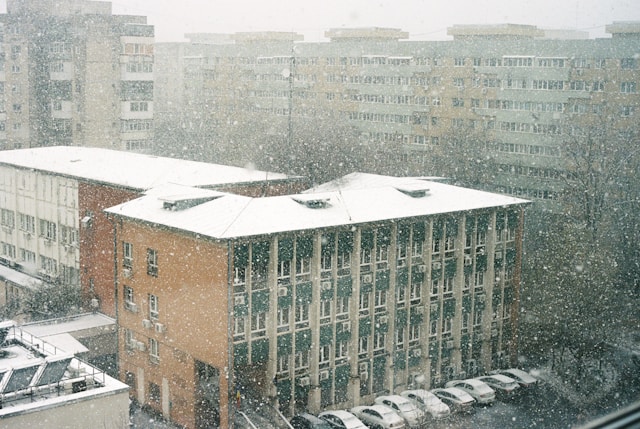
Cost remains the most cited barrier. District heating networks already require significant upgrades—piping replacement, insulation improvements, and digital controls. Adding nuclear supply further increases upfront capital needs. A Euractiv analysis highlights that tens of billions of euros will be necessary to modernize Europe’s district heating by 2030, and nuclear integration will not succeed without long-term financing models.
Yet lifecycle economics tell a different story. Nuclear plants have operational lifespans of 40–60 years, offering decades of stable, low-cost heat. Unlike fossil fuels, where operating costs fluctuate with commodity prices, nuclear’s cost structure is dominated by predictable CAPEX and regulated OPEX. This stability is increasingly attractive to investors seeking long-term, inflation-resistant returns. For municipalities, nuclear heat can also reduce fuel poverty risks, protecting households from sudden price shocks.
Financing models will need to blend public-private partnerships, EU Just Transition mechanisms, and green bonds. For institutional investors, nuclear district heating represents an infrastructure-class asset with ESG alignment, provided the narrative is managed effectively around safety, waste, and community benefits.
Innovation and the role of SMRs
The rise of SMRs further strengthens the case. Traditional gigawatt-scale reactors are rarely sited near cities, but SMRs—typically 50–300 MWth—are designed for flexibility, modular deployment, and closer integration with industrial or urban sites.
SMRs can be tailored for cogeneration, producing electricity for the grid while diverting excess thermal output to local heating. Their modular construction reduces build times, lowers financing risk, and makes them more suitable for municipal-scale projects. Countries like Poland and Czechia are evaluating SMRs specifically for this purpose, while advanced designs under development in Finland and Estonia emphasize district heating as a core application. Some vendors such as Steady Energy and Calogena have developed technologies solely focussing on the district heating use case.
Integration with digital control systems allows operators to optimize distribution, balance seasonal demand, and improve efficiency—making nuclear not just a supply solution, but a cornerstone of smart, decarbonized heating ecosystems.
Strategic implications for C-suite leaders
For senior executives, the rise of nuclear district heating reshapes both risks and opportunities. Key considerations include:
- Energy security: reducing dependence on gas imports and enhancing resilience against geopolitical shocks.
- Climate commitments: aligning corporate and national strategies with EU Fit for 55 targets by addressing one of the hardest-to-abate sectors.
- Industrial synergies: coupling nuclear heat with district networks, heavy industry, and hydrogen production for multi-sector efficiency.
- Social license: positioning nuclear as a community-focused provider of affordable, clean heat—not just electricity—strengthening public trust.
- Investor confidence: offering stable, regulated returns in a sector that combines infrastructure, climate impact, and security benefits.
District heating is often treated as peripheral in nuclear strategy, yet in Central and Eastern Europe – and to some extent in the Nordic countries, particularly with Helen the Helsinki utilities that issued a tender for a nuclear district heating provider – it may be the most immediate and impactful application. The combination of widespread networks, urgent decarbonization needs, and the geopolitical imperative for energy sovereignty creates a unique window of opportunity.
The success of nuclear district heating will not depend on technology alone. In a constrained economic climate, progress requires an ecosystem approach—integrating nuclear expertise with municipal planning, industrial synergies, and local community engagement. The regions that align financing models, policy support, and stakeholder trust will be best positioned to unlock nuclear’s full potential in district heating and secure long-term energy resilience.
In an era where heat is as strategic as electricity, nuclear’s role in district heating is no longer a technical option—it is a competitive advantage waiting to be seized.


